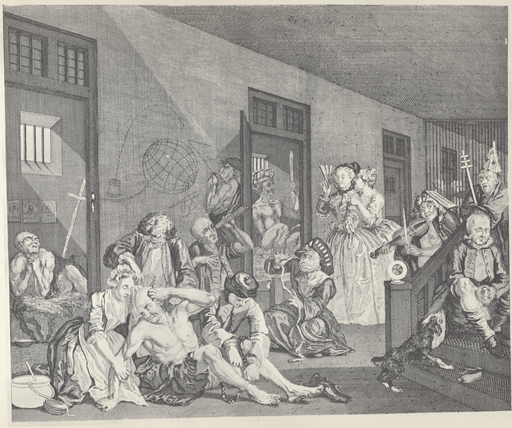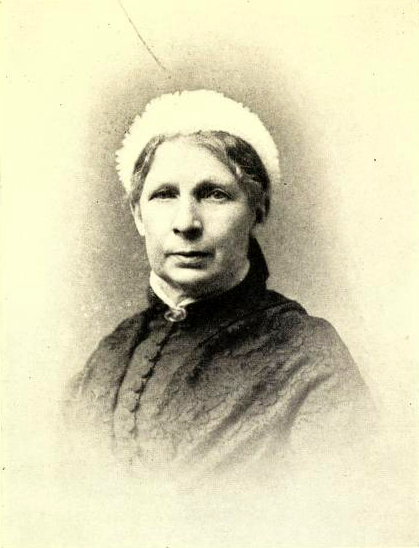9 And, lo, the angel of the Lord came upon them, and the glory of the Lord shone round about them; and they were sore afraid.
10 And the angel said unto them, Fear not: for, behold, I bring you good tidings of great joy, which shall be to all people.
14 Glory to God in the highest, and on earth peace, good will toward men.
 |
| The Angel Appearing to the Shepherds / 1833-34, Thomas Cole The Chrysler Museum of Art |
COLE has just executed a large picture of the Angel appearing to the shepherds of Bethlehem, which is now exhibiting at the Academy of Fine Arts in Barclay street. The right of the picture represents the towers, houses, and cottages of Bethlehem, grouped on the borders of a lake and drawn with great beauty of disposition and coloring. In the sky directly over the stable which is supposed to shelter the infant Saviour, is seen the miraculous star shedding its cool light over that part of the landscape, and partially reflected in the water below.—On the left of the picture appears the Angel floating on roseate clouds in the midst of a flush of light which seems to proceed from the opened heavens. Three shepherds occupy the foreground, one of whom is prostrate with his face on the earth, another appears just recovering from the awe and amazement excited by the glorious apparition, and a third, a venerable old man, stands leaning on his staff, gazing with an air of mingled curiosity and veneration at the spectacle, and listening to the proclamation of the reign of peace and benevolence uttered by the celestial messenger. This group is happily imagined and well executed. Around are scattered their flocks over a broken rocky country, and in the distance other shepherds with their flocks are all descried. The contrast between the solemnity and repose of the right hand portion of the picture and the splendor of the left has a delightful effect. The work does great credit to the genius and skill of Mr. Cole.—[ N. Y. Evening Post.



















